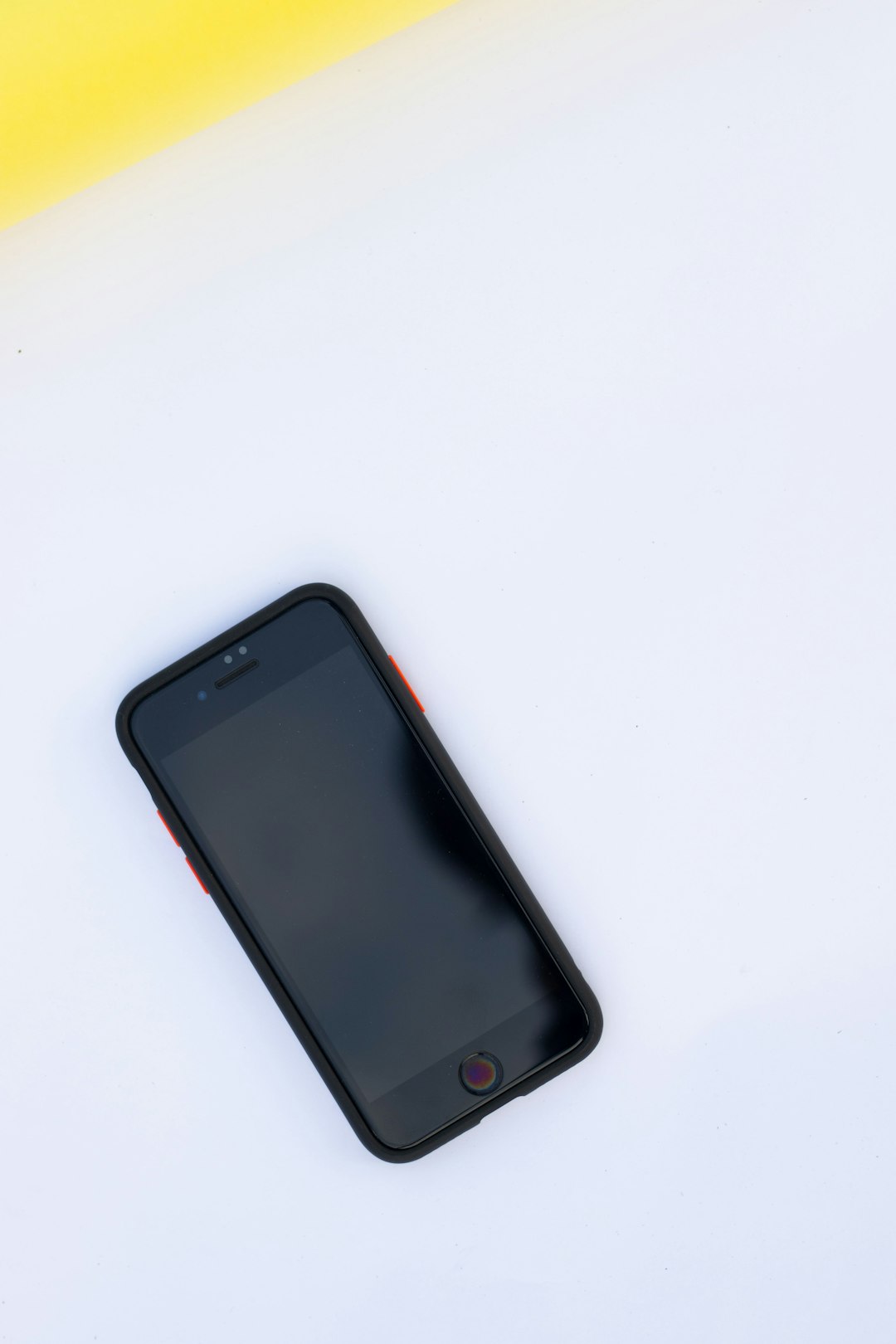The field of biomechanics has revolutionized the world of medicine and engineering by bringing together these two distinct disciplines to create advanced prosthetic devices. Prosthetics continue to play a significant role in enhancing the lives of individuals with limb loss or dysfunction, allowing them to regain mobility and independence. The intersection of engineering and medicine has given rise to groundbreaking advancements in these prosthetic devices, enabling users to experience a level of functionality akin to real limbs.
Engineers have taken inspiration from the human body and its biomechanics to design and develop prosthetic limbs. By understanding the movement and force exertion involved in natural human locomotion, engineers have been able to create prosthetics that closely mimic the actions of real limbs. These prosthetic limbs are designed to be lightweight, durable, and capable of replicating a wide range of movements, providing users with increased comfort and functionality.
One of the main challenges in the design of prosthetic limbs is the interface between the device and the user’s residual limb. This interface must be both comfortable and secure to ensure that the prosthetic limb does not cause discomfort or pain during use. Engineers utilize advanced materials and techniques to create custom sockets and liners that fit snugly around the residual limb, distributing pressure evenly and minimizing discomfort.
Biomedical engineers also apply their expertise to study the biomechanics of different body parts, particularly the human musculoskeletal system. By analyzing the movements and forces exerted by various body parts, engineers can better understand how to replicate these actions in prosthetic designs. This research allows engineers to create prosthetic limbs that accurately reproduce the complex movements of the human body, improving the user’s quality of life.
In recent years, advancements in robotics and artificial intelligence have further propelled the field of biomechanics and prosthetics. Engineers have integrated sensors and microprocessors into prosthetic limbs, allowing users to control their artificial limbs with their minds. Brain-computer interfaces have been developed, enabling users to control their prosthetic limbs through neural signals. This technological breakthrough has brought about a new era in prosthetics, where the boundaries between the human body and artificial limbs continue to blur.
The intersection of engineering and medicine has given rise to remarkable advancements in the field of prosthetics, providing individuals with limb loss or dysfunction with a chance to regain mobility and lead fulfilling lives. As engineering techniques and medical knowledge continue to evolve, the future of prosthetics looks promising. Researchers are actively exploring new avenues, such as tissue engineering and regenerative medicine, to develop prosthetics that can not only replicate the functionality of real limbs but also offer sensory feedback and integration with the user’s nervous system.
In conclusion, the intersection of engineering and medicine has opened up endless possibilities for the field of biomechanics and prosthetics. By combining engineering principles with medical knowledge, engineers and researchers have revolutionized the design and functionality of prosthetic devices. With continued advancements in technology and understanding of the human body, the future holds even more promising breakthroughs in creating prosthetic limbs that closely resemble and perform as naturally as real limbs.















